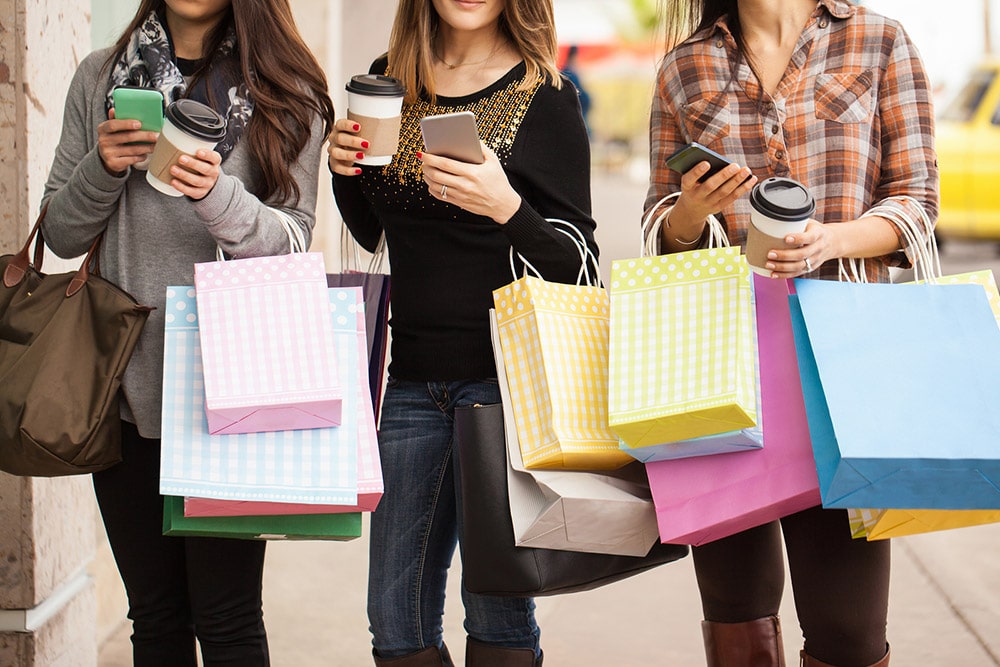 I love apps. I love them when they are silly and playful, and I love them when they actually help me get through my day, like when I have to navigate traffic or take notes during a meeting. I mean, to be honest, I love apps so much that sometimes they take up so much space on my phone that I have to sit down (with a glass of wine of course) and force myself to delete some.
I love apps. I love them when they are silly and playful, and I love them when they actually help me get through my day, like when I have to navigate traffic or take notes during a meeting. I mean, to be honest, I love apps so much that sometimes they take up so much space on my phone that I have to sit down (with a glass of wine of course) and force myself to delete some.
There are a handful of apps, however, that I just can’t bear to get rid of. Some are just wacky ways to entertain myself, but others I just have to keep because they save me money—like those crazy retail coupon apps I use. There are so many apps that you won’t believe exist that I decided to put together a list of some of my all-time faves.
Purely Entertaining Apps That You Won’t Believe Exist
Sharknado: The Video Game
If you can’t believe they made a movie about a tornado full of sharks, then you probably really won’t believe they made a mobile game about it, too. The strangely popular franchise now lets you, from your smartphone, battle sharks, while riding a shark. With a chainsaw. Or beat them with bats, golf clubs, anything you grab as you surf through the flooded, besieged city.
The Brostache
No matter whether you’ve gone crazy with the trimmers, haven’t reached puberty yet, or just lack the chromosomes required to grow a good flavor saver, “The Brostache” offers hope. Hold your phone over your mouth and talk and the Brostache mimics your words, showing you how your mouth would look if it was sporting a glorious ’stache.
iSteam
You can’t take your phone in the shower, but this app is like having foggy shower glass on the inside of your phone that you can write on. Take any photo, steam up the screen, and write your message on it. Or, write an invisible message for someone on a steam-less screen, then ask someone to breathe on the phone. The message will magically appear.
Is It Dark Outside?
If you’re a gamer, or just a vampire, looking out the window can be hard, risky work. Now you can better avoid sunlight and the possibility of making eye-contact with other human beings using the “Is it dark outside?” app. Like a Siri for the living dead, all you have to do is ask the app if it’s dark outside and, using sunrise and sunset data from your area, the app will let you know if it’s safe to venture into the gloam.
Game for Cats
Is your favorite feline resentful about her lack of screentime? Of course. This game solves that, allowing your cat to chase a butterfly, laser, or mouse across the touch screen with its paw. It’s a great app for people who are too lazy to actually play with their cat, or for someone who doesn’t have a cat but loves chasing lasers.
Entertaining, Money Making Apps That You Won’t Believe Exist
Mobee
Ever wanted to be a mystery shopper? Who hasn’t? Well, Mobee makes that dream a reality! Sign into the app and it gives you secret missions at stores and restaurants in your area. Each mission usually last between 10 and 15 minutes, and they almost all require you to do something like take a picture of a display in a store or rate your shopping experience. Then, you get points for the missions you complete, which you can swap for Amazon cards.
Shopkick
This is one those apps that you won’t believe exist because, amazingly, it turns the drudgery of shopping into a game, like a scavenger hunt. And, it saves you money at the same time! The way that Shopkick works is that it gives you points—which you later redeem for gift cards to your favorite stores—just for the things you do during a normal shopping trip. Walk into certain store, and you get points. Scan barcodes of certain items, get more points. Take pictures of your receipt after you buy the week’s groceries (or toiletries, or even those super cute boots you’ve been longing for) and get even more points!
Viggle
What’s so crazy about this app is that it pays you to watch TV! Basically, you download the app and then turn it on, or check-in, while you’re watching TV or streaming your favorite shows. The longer you watch, the more points you rack up, which (like my favorite shopping app, Shopkick) you can then trade in for gift cards, meaning you can now get paid for binge watching The Bachelor.
So, whether you’re looking for pure entertainment or a way to boost your budget, those are a few of my favorite unbelievable apps. Now it’s time to pull up my brostache and go out secret shopping . . . I’m sure no one will recognize me.
Looking for the coolest shopping apps for iPhone and Android? Download Shopkick for free and join a community of Shopkickers who’ve love the rewards of shopping with us!
Or join us on Facebook, Twitter, and Instagram and check in every day on your phone, no matter where you are, to learn about the hottest, newest deals.
Image courtesy scharfsinn86
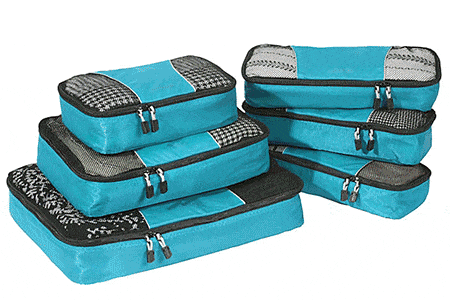 eBags has been the #1 online luggage and backpack store since 1999. They sell a variety of travel gear including bags, backpacks, suitcases, and travel accessories. Shop now to find the best luggage on the web and gear up for your next big adventure and earn rewards along the way.
eBags has been the #1 online luggage and backpack store since 1999. They sell a variety of travel gear including bags, backpacks, suitcases, and travel accessories. Shop now to find the best luggage on the web and gear up for your next big adventure and earn rewards along the way. all at once for the biggest selection of beer, wine and liquor online. You can compare prices instead of being locked into one non-negotiable cost. Snag exactly what you want and get your drinks delivered or skip the line with in-store pickup. You have everything else in your life at the touch of a button, so why not your favorite chardonnay or IPA? What’s more, you can earn kicks towards gift cards with your purchases!
all at once for the biggest selection of beer, wine and liquor online. You can compare prices instead of being locked into one non-negotiable cost. Snag exactly what you want and get your drinks delivered or skip the line with in-store pickup. You have everything else in your life at the touch of a button, so why not your favorite chardonnay or IPA? What’s more, you can earn kicks towards gift cards with your purchases! Shop millions of one-of-a-kind items and find the perfect thing just for you. You can easily explore creative, handmade, and vintage goods with the Etsy app. Browse curated collections of inspiring gifts for him or her, unique wedding ideas, handmade jewelry, and more. Shop through the Shopkick app and express yourself while earning kicks!
Shop millions of one-of-a-kind items and find the perfect thing just for you. You can easily explore creative, handmade, and vintage goods with the Etsy app. Browse curated collections of inspiring gifts for him or her, unique wedding ideas, handmade jewelry, and more. Shop through the Shopkick app and express yourself while earning kicks!
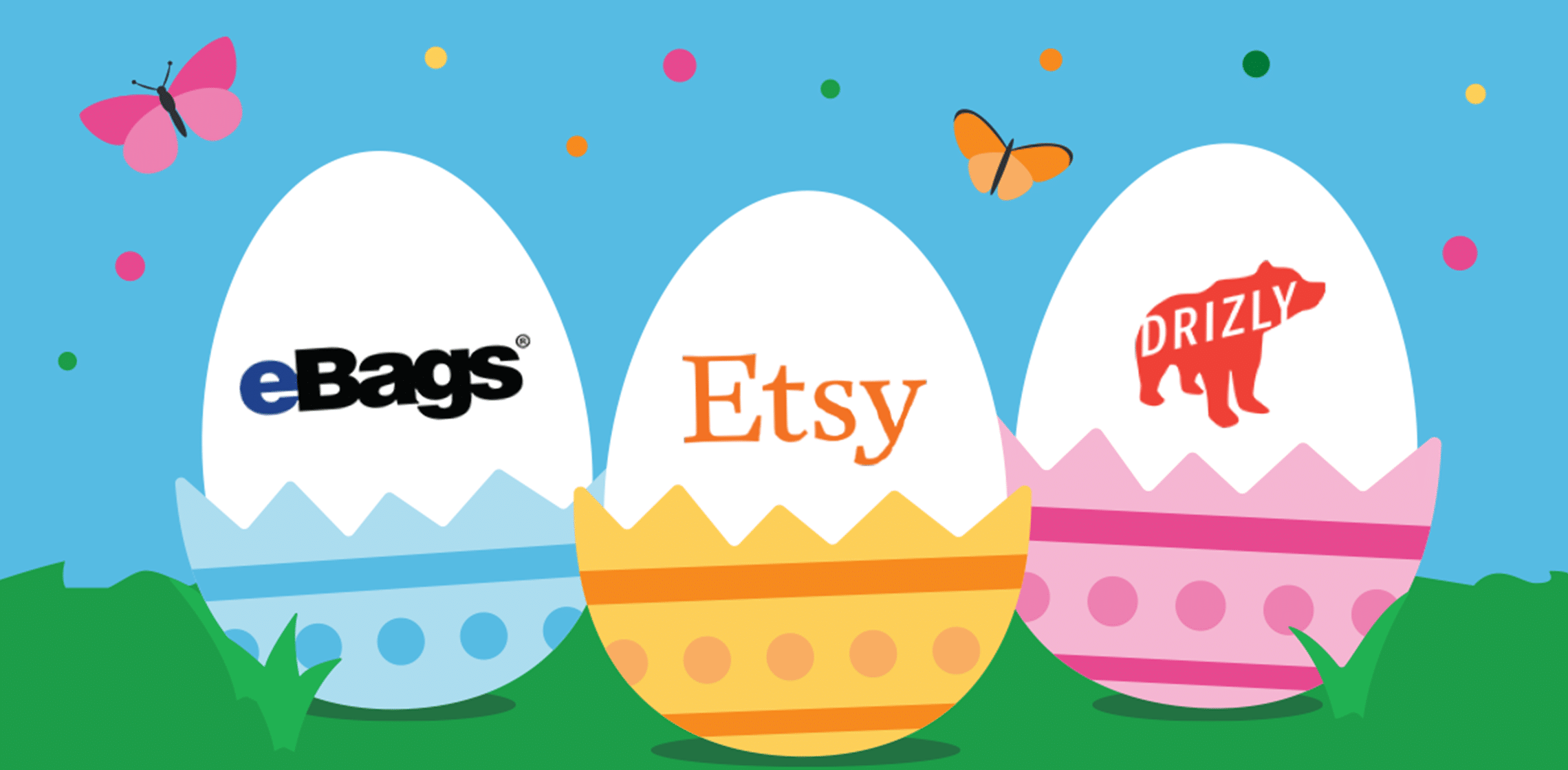

 Currently, millennials make up one of the largest buying groups in existence. Understanding their behavior is the key for
Currently, millennials make up one of the largest buying groups in existence. Understanding their behavior is the key for 
 For a minute, I was shocked; 2006 really doesn’t seem like all that long ago. But it’s true. In terms of smartphone and app development, it was basically an eternity ago. In fact, nobody even knew what an app
For a minute, I was shocked; 2006 really doesn’t seem like all that long ago. But it’s true. In terms of smartphone and app development, it was basically an eternity ago. In fact, nobody even knew what an app 




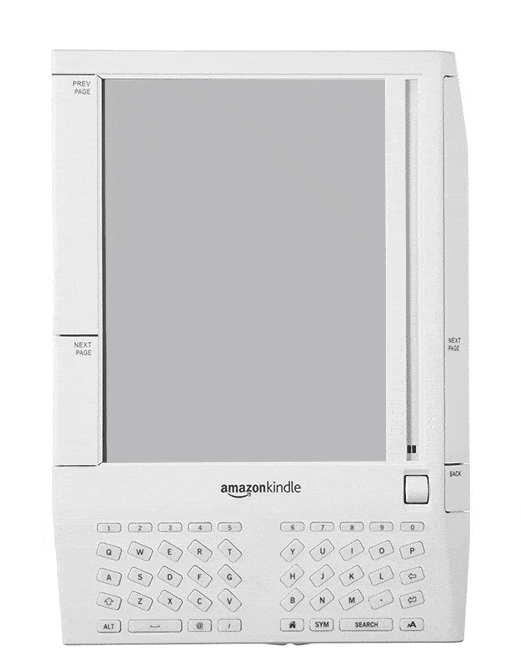
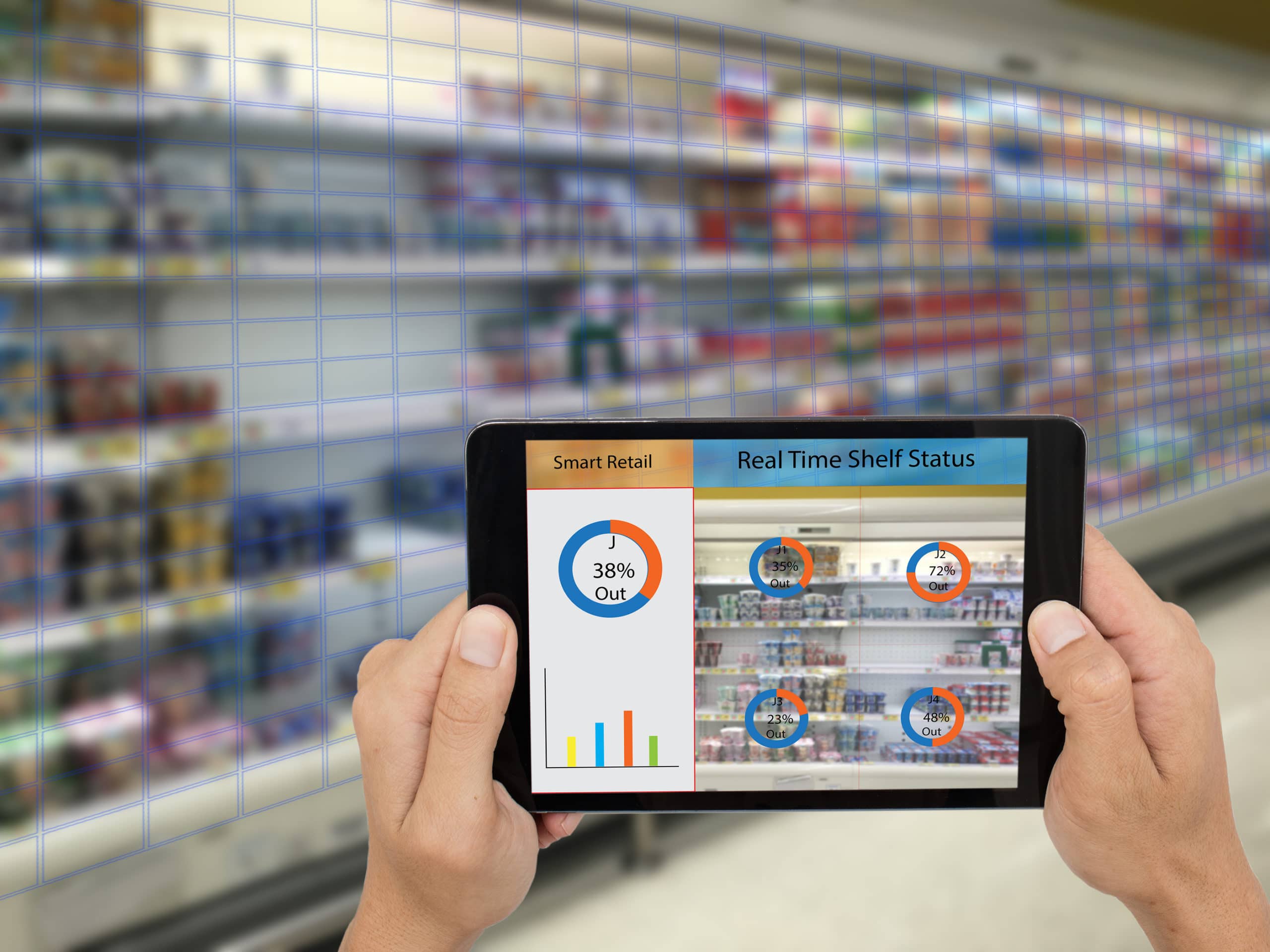
 However, the modern consumer’s increasing dependence on mobile apps opens up a solution for CPG brands in need of immediate insight on existing marketing campaigns. Data from shopping and retail apps can be used to gather real-time information on consumer buying behaviors that can, in turn, help to inform CPG companies on marketing decisions.
However, the modern consumer’s increasing dependence on mobile apps opens up a solution for CPG brands in need of immediate insight on existing marketing campaigns. Data from shopping and retail apps can be used to gather real-time information on consumer buying behaviors that can, in turn, help to inform CPG companies on marketing decisions. 



 This one is for all the little things that we do to relax, things like taking the boys out for a surprise ice cream, picking up a new board game that we can all play as a family or even for the rare date night when my husband and I are able to magically find time to sneak away and go do dinner and a movie downtown (crazy, I know!). That
This one is for all the little things that we do to relax, things like taking the boys out for a surprise ice cream, picking up a new board game that we can all play as a family or even for the rare date night when my husband and I are able to magically find time to sneak away and go do dinner and a movie downtown (crazy, I know!). That 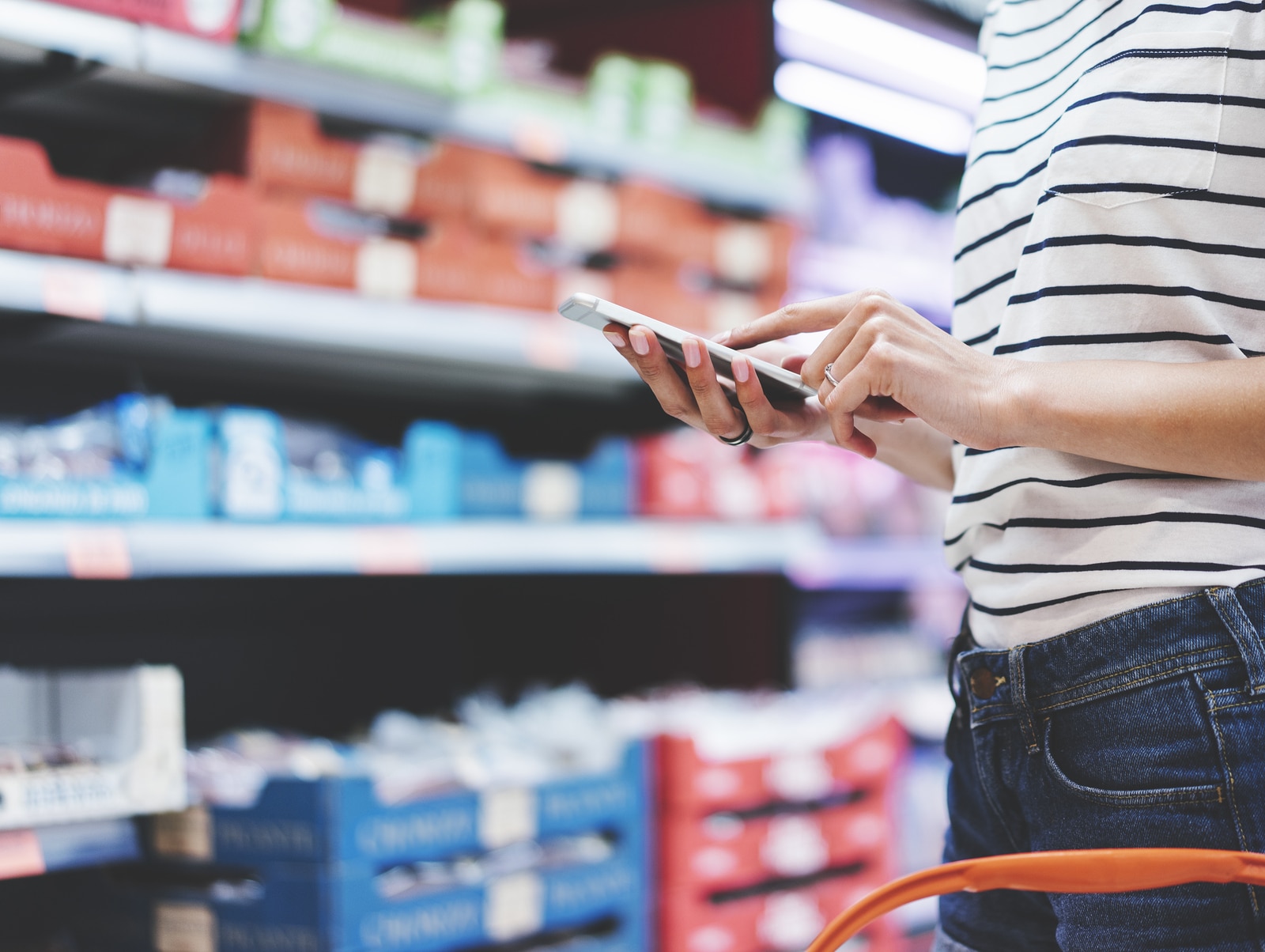





 I love apps. I love them when they are silly and playful, and I love them when they actually help me get through my day, like when I have to navigate traffic or take notes during a meeting. I mean, to be honest, I love apps so much that sometimes they take up so much space on my phone that I have to sit down (with a glass of wine of course) and force myself to
I love apps. I love them when they are silly and playful, and I love them when they actually help me get through my day, like when I have to navigate traffic or take notes during a meeting. I mean, to be honest, I love apps so much that sometimes they take up so much space on my phone that I have to sit down (with a glass of wine of course) and force myself to 